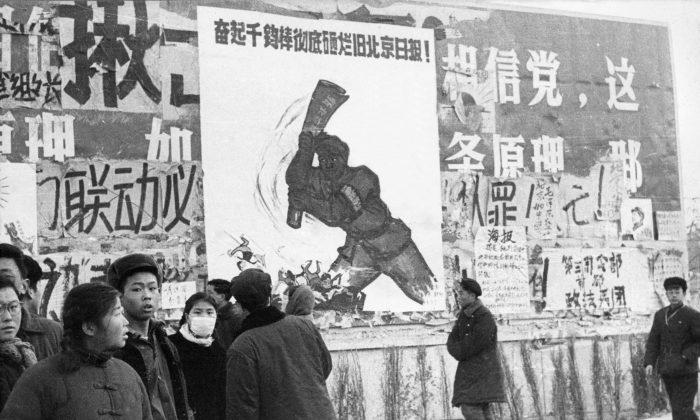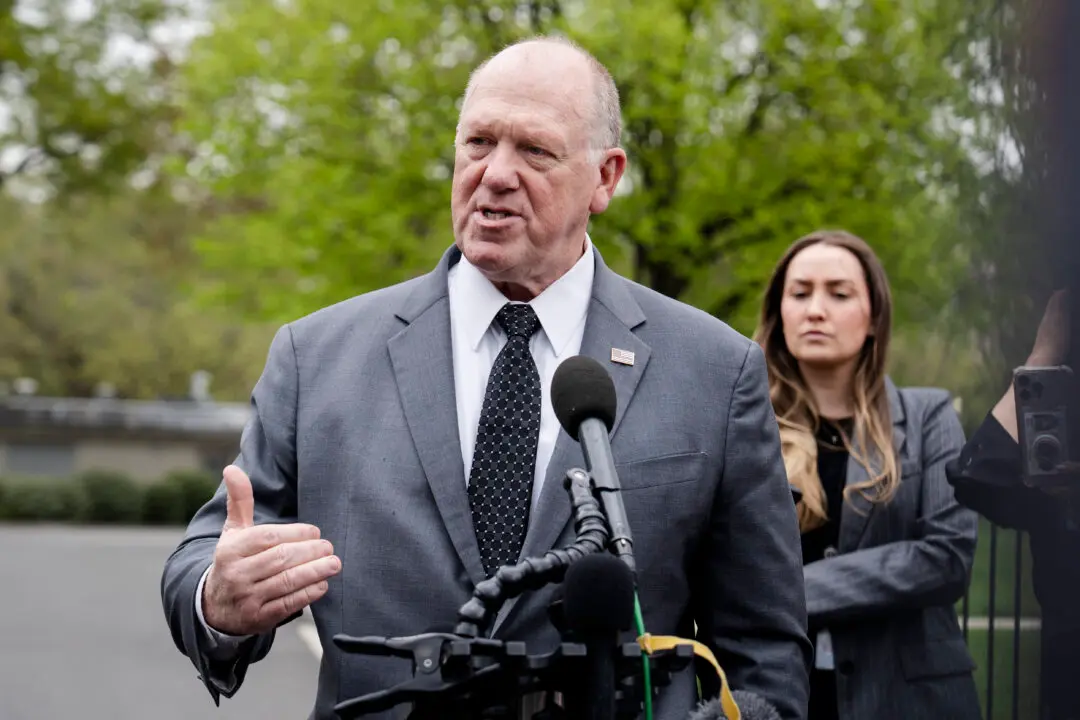On one night in 1966, gangs of communist Red Guards armed with crude implements beat and strangled to death hundreds villagers just outside of Beijing
In a few months, it will be the 100th anniversary of the communist Bolshevik Revolution in Russia—and it’s worth revisiting one incident that occurred decades later in communist-ruled China during the Cultural Revolution.
On one night in 1966, right after the Cultural Revolution was launched, gangs of communist Red Guards armed with clubs and other crude implements beat and strangled to death hundreds villagers just outside of Beijing. The Cultural Revolution, lasting from 1966 until 1976—when then-leader Mao Zedong died—claimed the lives of millions of people through mass murders and,
according to Hu Yaobang, the former general party secretary, “Nearly 100 million people were implicated, which was one tenth of the Chinese population.”
In the Daxing district, some 324 people were murdered in August 1966, according to the official death toll. In a retrospective piece in
The Economist over a decade ago, villager Fu Yueying, describes how locals were labeled as “evil elements” by Red Guards because they allegedly came from landlord families. Fu said she was spared by the mobs because her “class background” was deemed adequate.
To put the massacre perspective, the Chinese Communist Party’s official line on the 1989 Tiananmen Square massacre is that 200-300 died (estimates of the actual number vary widely, but many put the high end at around 1,000).
The full scope of damage done by the Cultural Revolution, in which Mao attempted to completely reshape Chinese society and culture, is hard to measure. Mao and his allies called for the Chinese youth to destroy the so-called four olds: thinking, habits, culture, and customs.
In terms of suppression, nearly a decade later, internal Party investigations determined that 4.2 million were detained, and over 1.7 million died of unnatural causes. Statistics compiled externally, however, estimate 7.73 million unnatural deaths.
According to Chinese leader Mao Zedong’s account of the Cultural Revolution, “after the chaos, the world reaches peace, but in 7 or 8 years, the chaos needs to happen again.”
The Daxing massacre was certainly chaos. It didn’t spare infants or the elderly: the oldest killed was 80 years old and the youngest was only more than a month old.
Yu Luowen, in “Investigation of Daxing Massacre,”
wrote:
Beating a person to death was a common scene. On Shatan Street, a group of male Red Guards tortured an old woman with metal chains and leather belts until she could not move any more, and still a female Red Guard jumped on her body and stomped on her stomach. The old woman died at the scene. … Near Chongwenmeng, when the Red Guards searched the home of a “landlord’s wife” (a lonely widow), they forced each neighbor to bring a pot of boiling water to the scene and they poured the boiling water down the old lady’s collar until her body was cooked.
Several days later, the old lady was found dead in the room, her body covered with maggots. … There were many different ways of killing, including beating to death with batons, cutting with sickles, and strangling to death with ropes. … The way to kill babies was the most brutal: the killer stepped on one leg of a baby and pulled the other leg, tearing the baby in half.
The Daxing massacre was part of a series of Cultural Revolution-linked mass killings around Beijing, according to Wang Youqin of the University of Chicago, quoted in The Economist. Red Guard mobs killed 2,000 Beijing residents in two weeks.
Mao, who urged the populace to “be violent,” and his collaborators seemingly cheered on the killings. Lin Biao, in a 1966 speech, called on people to seize “sources of production” from “landlords” despite the CCP having confiscated much private farmland in previous campaigns, according to
Washington Post account from Daxing, three decades later.
“Of course, we do not approve of the masses attacking and killing people. If the masses feel a deep hatred for an evil person and we cannot restrain them by persuasion, we will not force the issue,” Public Security Minister Xie Fuzhi told police in 1966.
Communism is estimated to have killed around 100 million people, yet its crimes have not been fully compiled and its ideology still persists. Epoch Times seeks to expose the history and beliefs of this movement, which has been a source of tyranny and destruction since it emerged.





